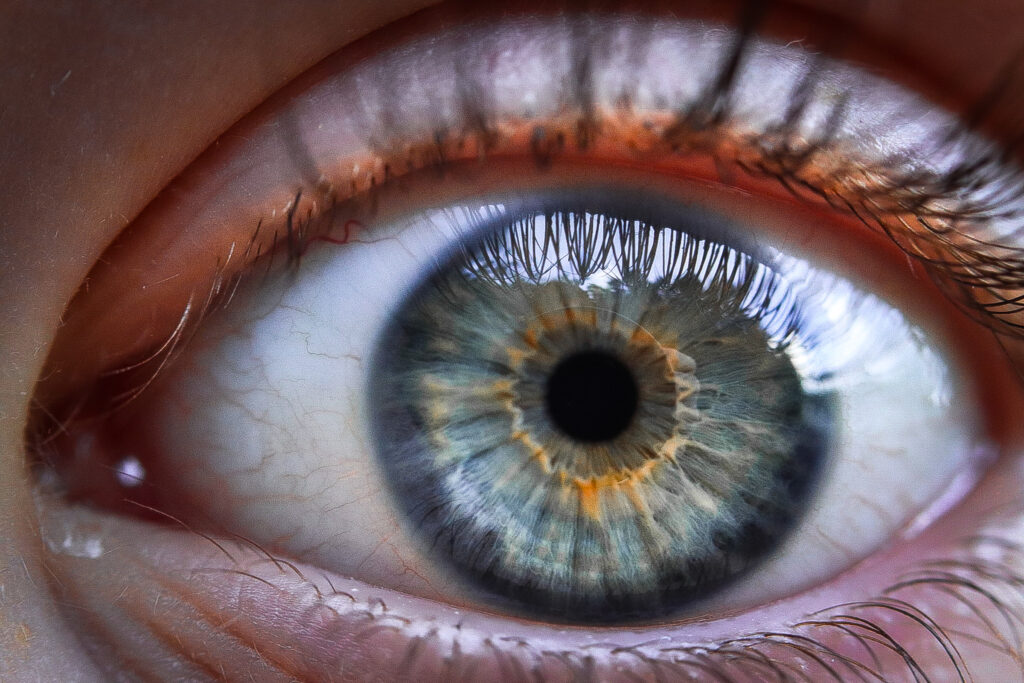What does blue light do to your eyes? And how a Dyson lamp can help you?
Blue light is especially harmful to the eyes because it’s one of the high-energy visible (HEV) wavelengths of light. HEV light is known to cause oxidative stress, which is a type of damage that can lead to age-related macular degeneration (AMD). AMD is the leading cause of blindness in adults in the United States, and …
What does blue light do to your eyes? And how a Dyson lamp can help you? Read More »

